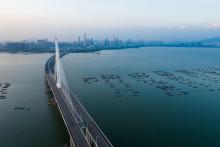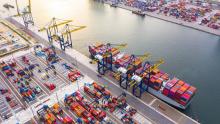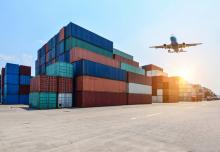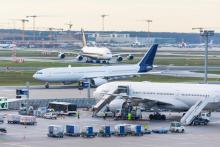Kalangala Integrated Infrastructure Programme, Bugala Island, Uganda
In 2005, Bugala Island residents sought InfraCo Africa’s help to restore and expand their infrastructure. In response, InfraCo Africa partnered with the Ugandan government to establish a special purpose vehicle (SPV) called Kalangala Infrastructure Services (KIS) to oversee the provision of four infrastructure services, namely ferry boat connection, electricity, clean water, and roads, on Bugala Island.
Commercial and Landside Operations of I Gusti Ngurah Rai International Airport, Bali, Indonesia
Most of the airport’s revenues historically came from aeronautical activities, such as passenger service charges and aircraft landing and take-off fees. This was partly attributable to a lack of expertise in non-aeronautical (i.e., landside) commercial operations on the part of AP1. To gain insight into international best practice in landside commercial operations, AP1 decided to pursue a PPP with an multinational private company that had the expertise in the field.
Transmilenio Bus Rapid Transit Project, Bogotá, Colombia
The city of Bogotá established TransMilenio S.A., with representation from several public agencies, to manage a Bus Rapid Transit (BRT) system in the city to alleviate these problems and provide the city with a better transportation system, one that aimed to be cost-effective and help reduce the level of air pollution in the city.








